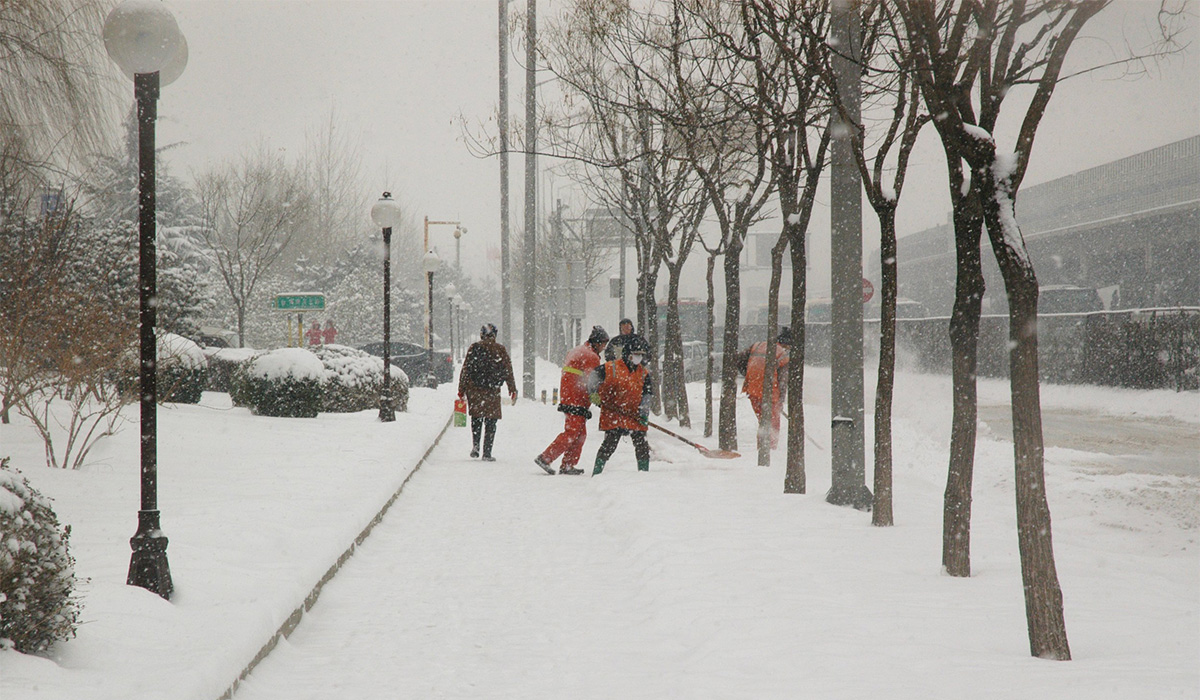Winter Weather Work Hazards
During the winter months in Colorado, new hazards are introduced to both indoor and outdoor workplaces that necessitate precautions on the part of both employees and employers. Outdoor workers may face hazards involved with winter driving, removing snow from roofs, exposure, and dangers from using powered equipment. Indoor workers are not immune from winter weather hazards. They might slip and fall on pooled water from snow and ice that have been tracked inside from outdoors. Understanding the hazards can help employees and employers to reduce the risks of injury from weather-related hazards.
Outdoor Hazards
Workers who must work outside must guard against numerous hazards. If they regularly work outside, they should guard against exposure-related injuries. Employers should make certain that outdoor employees have access to warming stations and are able to take brakes to warm themselves. The employees should also wear appropriate work clothing, including coats, gloves, hats, and face masks to provide them with further protection from the cold.
Workers who must drive in winter weather conditions should take precautions. When they are driving on snow- and ice-covered roads, they should use tire chains when required and be provided with appropriate training on winter driving. All workers should have emergency kits available in their vehicles that include such things as warming blankets, flares, two-way radios, scrapers, flashlights, batteries, and first aid kits. They should also make certain to have a supply of emergency food and water in case that they become stranded. Other hazards that workers and employers should be aware of include working from heights to remove snow and ice accumulations, working with or near winter power tools such as snowblowers and chainsaws, and working near downed power lines.
Indoor Hazards
Workers whose jobs are largely indoors are not immune to hazards from winter weather while they are at work. Workers may slip and fall if snow and ice are tracked in on the workers’ shoes or the shoes of customers and other visitors. Employers should make certain to have mats located at the entryways to businesses and to keep the sidewalks leading to the entrances clear of ice and snow. Employers may also want to have flooring with good grip installed to prevent slips and falls. Workers might want to opt for shoes that have a good grip to lessen their chances of suffering fall injuries at work.

